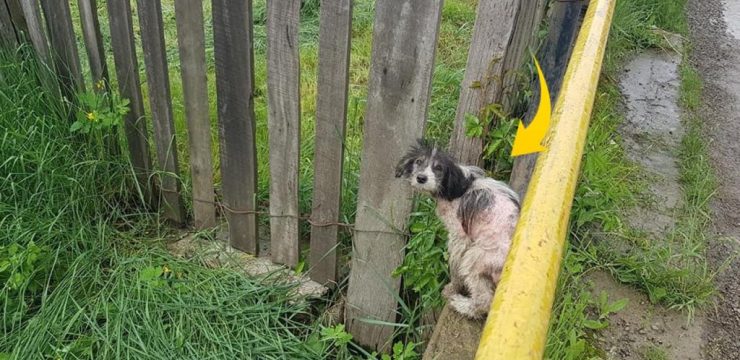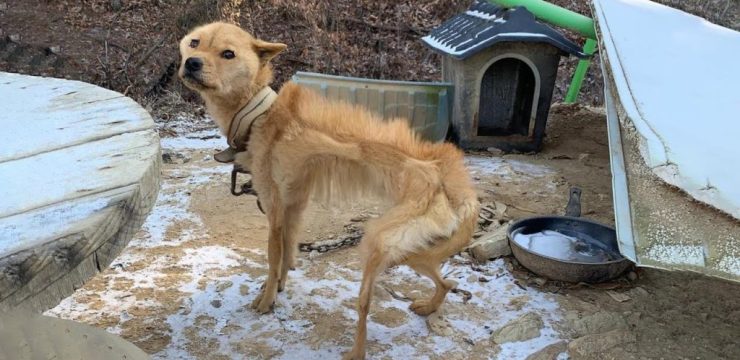Most people underestimate how much dust collects around the house—or how much it can impact health and comfort. Dust isn’t just a minor inconvenience; it can trigger allergies, worsen asthma, and make your living space feel stale and uninviting. The good news? With the right cleaning habits, tools, and consistency, you can significantly cut down on it and keep your home fresh and healthy. Here’s a complete guide to understanding where dust comes from, how it affects you, and what to do about it.

What Dust Really Is and Where It Comes From
Dust is unavoidable. It’s made up of countless tiny particles—dead skin cells, pollen, fibers from clothes and furniture, outdoor soil, and pet dander, among others. These particles drift inside through open windows, cling to our clothes, and settle on every flat surface imaginable. Once you know what causes dust buildup, you can take smarter steps to reduce it and improve your home’s air quality.
How Dust Affects Your Health
Dust might look harmless, but for many people, it’s a serious irritant. Sneezing, coughing, watery eyes, and nasal congestion are common reactions. Those with allergies or asthma can experience even more severe symptoms. Long-term exposure to airborne dust can worsen respiratory conditions, cause chronic discomfort, and reduce sleep quality. That’s why keeping your home as dust-free as possible isn’t just about appearances—it’s about protecting your health and your family’s well-being.
1. Use the Right Cleaning Tools
Not all dusting tools get the job done properly. Some feather dusters only spread particles around instead of removing them. Instead, opt for microfiber cloths or electrostatic dusters, which attract and trap dust efficiently. A vacuum cleaner equipped with a HEPA (High-Efficiency Particulate Air) filter can also capture even the smallest dust particles, preventing them from being released back into the air.
2. Stick to a Consistent Cleaning Routine
Consistency is the secret to keeping dust under control. Establish a weekly schedule for dusting, vacuuming, and wiping down commonly used areas. Surfaces like electronics, bookshelves, and air vents collect dust faster than others, so they might need extra attention. Even five to ten minutes of focused cleaning each day can make a big difference over time.
3. Try Air Purifiers and High-Quality Filters
Air purifiers with HEPA filters can dramatically reduce airborne dust. Place them in rooms where you spend the most time, such as the bedroom or living room. Alongside this, remember to check and replace HVAC filters regularly—at least every two to three months. Upgrading to high-efficiency filters helps trap dust before it circulates back into the air you breathe.
4. Maintain Your HVAC System
Your heating and cooling system plays a major role in how dust spreads indoors. Without proper maintenance, it can recirculate dust instead of removing it. Schedule professional duct cleanings every few years and replace filters as recommended. This not only improves air quality but also boosts the efficiency and lifespan of your HVAC system.
5. Choose a Reliable Vacuum Cleaner
Investing in a high-quality vacuum cleaner is essential for long-term dust control. Choose one with strong suction power and a sealed HEPA filtration system. Use it on carpets, rugs, upholstery, and even hard floors—dust settles everywhere. Don’t forget to empty the dust bag or canister frequently to maintain suction strength and hygiene.
6. Make the Most of Microfiber Cloths
Microfiber cloths are among the most effective dusting tools available. Their fine fibers capture and hold dust rather than spreading it around. Use them dry for everyday cleaning or lightly dampen them to tackle stubborn spots. Wash microfiber cloths regularly to keep them clean and functional—avoid using fabric softener, as it can reduce their ability to attract dust.
7. Manage Dust from Fabrics
Fabrics are dust magnets, especially bedding, curtains, and upholstery. Wash sheets and pillowcases weekly in hot water to eliminate dust mites. Use removable, washable covers for pillows and mattresses. Vacuum upholstered furniture frequently or use a steam cleaner to remove trapped dust. If possible, switch heavy drapes for blinds or washable curtains that are easier to maintain.
8. Add Indoor Plants for Cleaner Air
Certain indoor plants can naturally help filter air and trap dust particles. Spider plants, peace lilies, and rubber plants are excellent low-maintenance options. They not only add beauty to your home but also improve humidity levels and air quality. Just remember to wipe or gently rinse their leaves every few weeks, as plants can collect dust too.
9. Keep Clutter to a Minimum
The more items you have sitting around, the more surfaces there are for dust to settle on. Reduce clutter on shelves, counters, and tabletops. Store small items in bins, boxes, or closed cabinets to minimize exposed surfaces. A minimalist approach doesn’t just make cleaning easier—it creates a calmer, more breathable environment.
10. Stay Consistent for Long-Term Results
A truly dust-free home doesn’t happen overnight. It’s the result of regular habits, thoughtful cleaning, and smart choices. The key is consistency—frequent light cleaning beats rare deep cleans every time. Combine the right tools, regular maintenance, and clutter control to keep your home cleaner, fresher, and healthier year-round.
The Bottom Line
Dust is a fact of life, but it doesn’t have to control your home or your health. By adopting better cleaning techniques, maintaining your HVAC system, and using smart tools like HEPA filters and air purifiers, you can drastically reduce dust buildup. A cleaner home means cleaner air—and that translates to better breathing, better sleep, and a better quality of life for you and your family.





